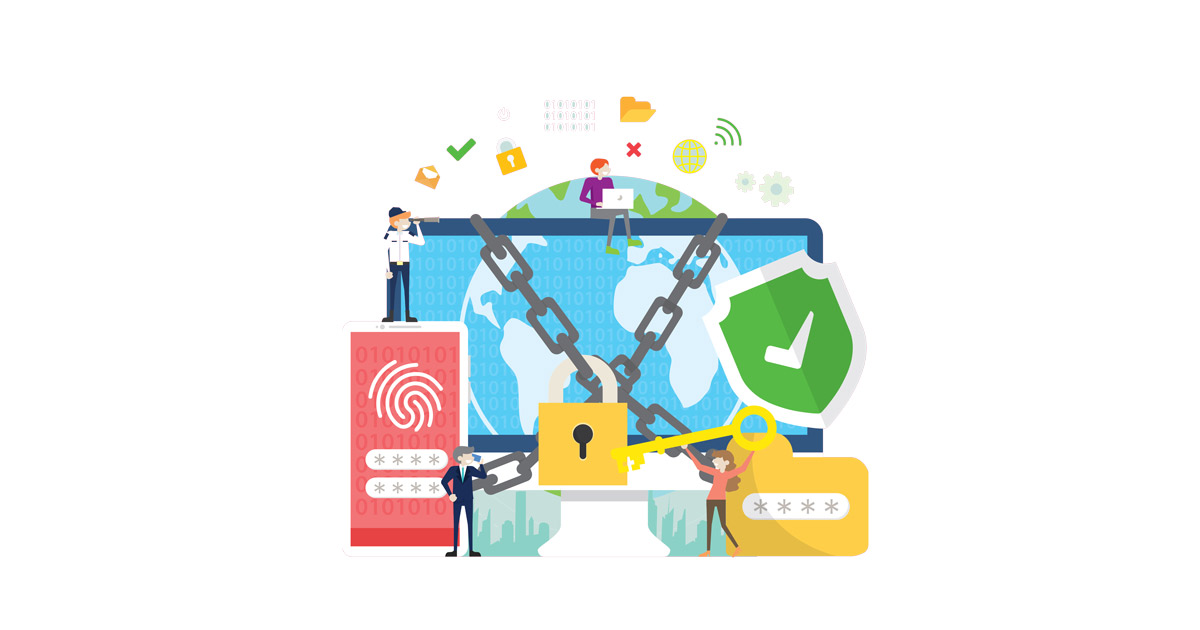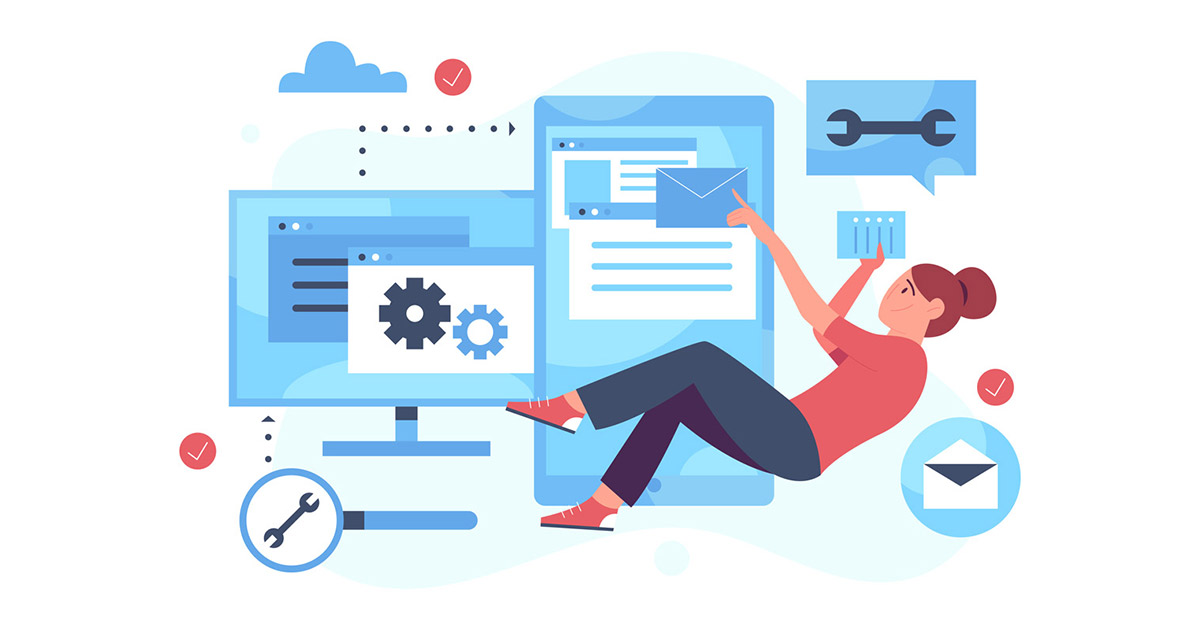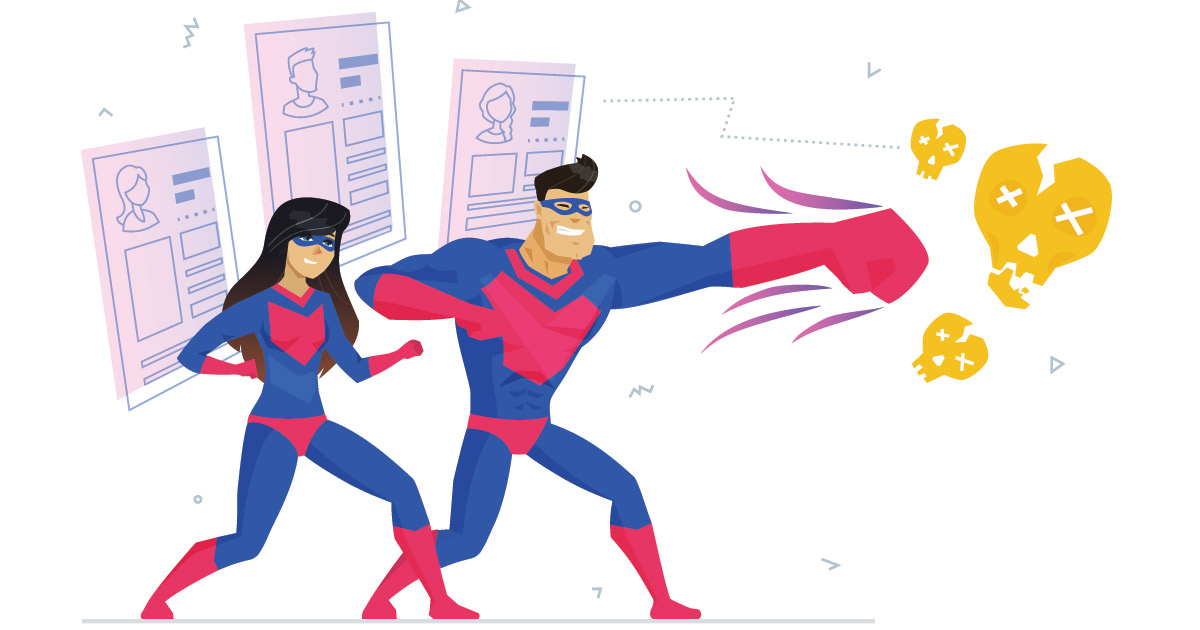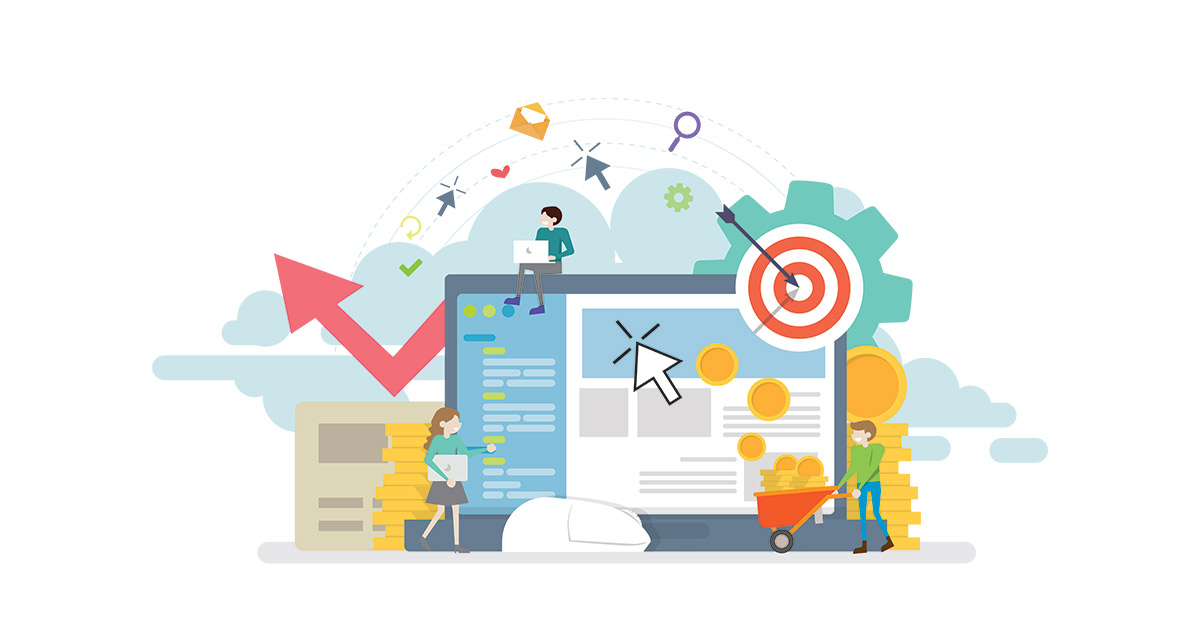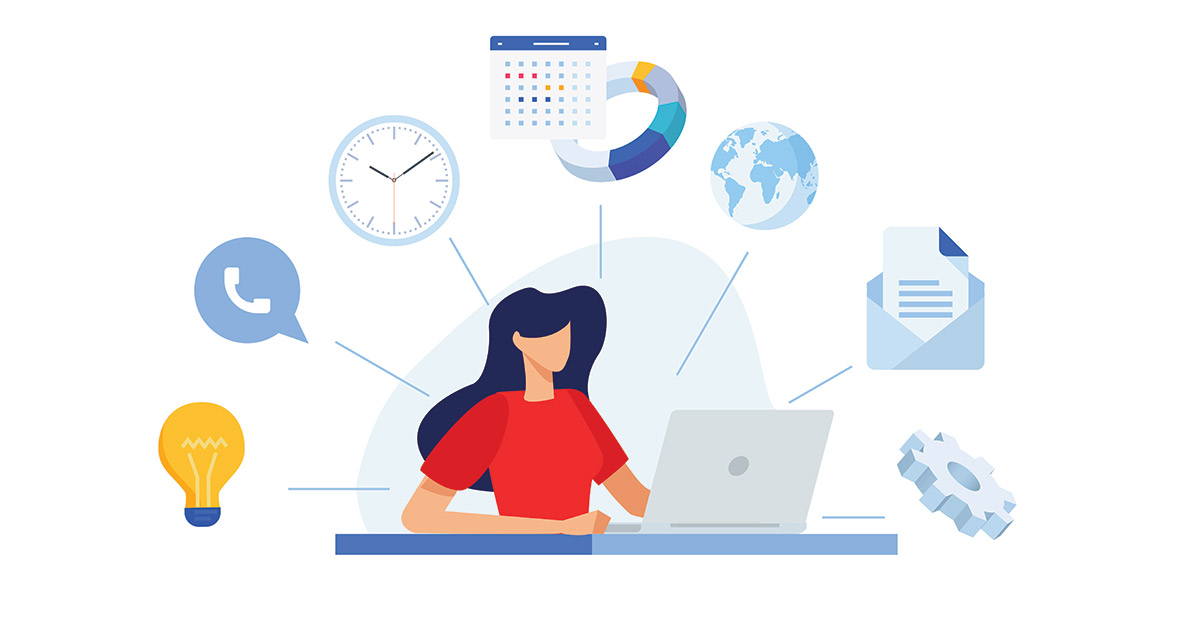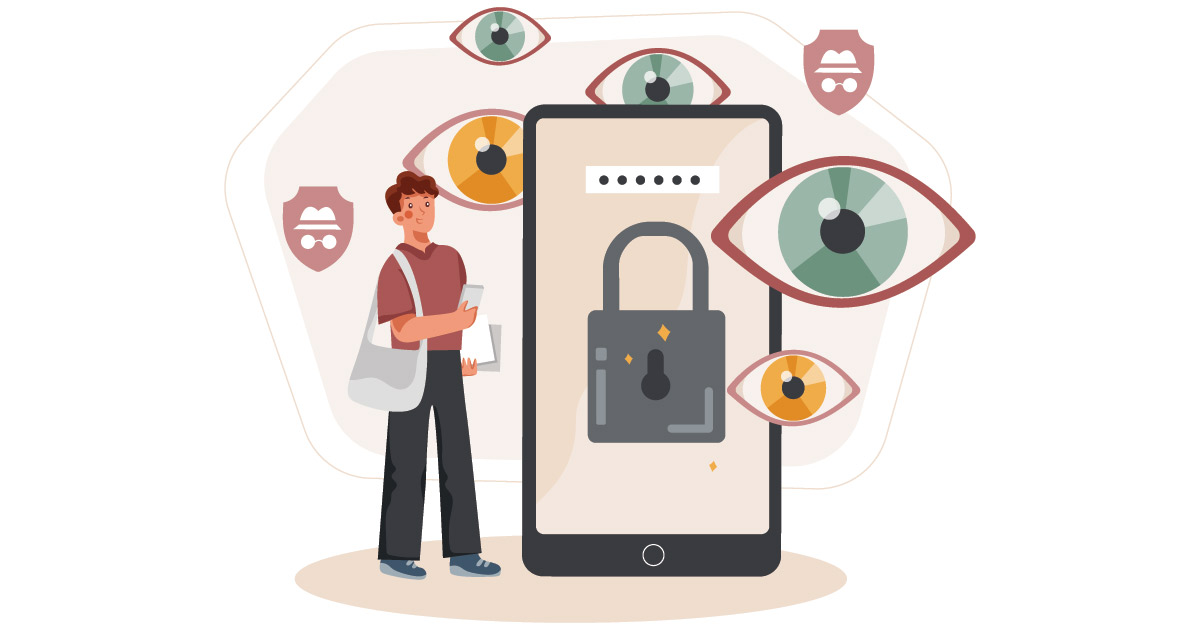When it comes to fixing a root cause, there are two questions. The first is “Who is able to apply the fix?”, and the second is “who is responsible for applying the fix?”
This article explains what we get wrong about cybersecurity, how and why we get it wrong, and what it’s going to take to fix it. Fair warning: it’s going to be a long and bumpy ride. Those bumps include a healthy dose of counterintuitive assertions, cybersecurity heresy, and no mincing of words.
We’re pretty mission-driven here at Absio. We believe there is a real problem (or problems) in cybersecurity that reaches back to the first computers. We’re eager to help organizations resolve the issues that arise when sensitive data created or processed by software doesn’t enjoy full-lifecycle protection. A big part of the solution to today’s seemingly endless cybersecurity breaches and privacy infringements is to reengineer applications to adequately, reliably, and automatically protect data, by default and by design.
A recent Associated Press poll indicates that most Americans think their personal information is vulnerable online. What’s more, 71% of Americans believe that individuals’ data privacy should be treated as a national security issue. In other words, the American people get it: data privacy and security are sadly lacking across the digital ecosystem and consumers are suffering the consequences.
As digital solutions have become nearly ubiquitous, few terms have taken a more central place in our conversations than data privacy and data security. Consumers, businesses, and organizations of various types are tiring of the barrage of data breaches and process failures resulting in unauthorized distribution of their sensitive information.
In previous blogs, we discussed the fact that data is physical and inherently controllable. Much like I can move a candy bar from the left side of my keyboard to the right, leave it there in anticipation, and slap away a hand intent on stealing it, it’s possible to physically control where data goes, where it remains at rest, and who can access it. What does this say about data ownership? Quite a bit, as it turns out.
Information was first digitized in the 1950s, thus ushering in the dawn of data. Then, as now, software was used to create and process data, and like most new technology inventions, security was not inherently built in. Software developers didn’t feel the need to apply controls to the new data objects created. Anyone with access to the software and the rare, expensive computer on which to run it could open, read, modify, delete, or copy this data without limits.
This article is the first in a series on the physicality of data. I’ll follow up with additional installments of this series over the next several weeks, so check back to see those as they become available. All of us tend to conflate the word “data” with the word “information.” Usually, that’s OK, but collapsing data on a computer and information into one thing rather than two separate things makes thinking accurately about data ownership difficult.








